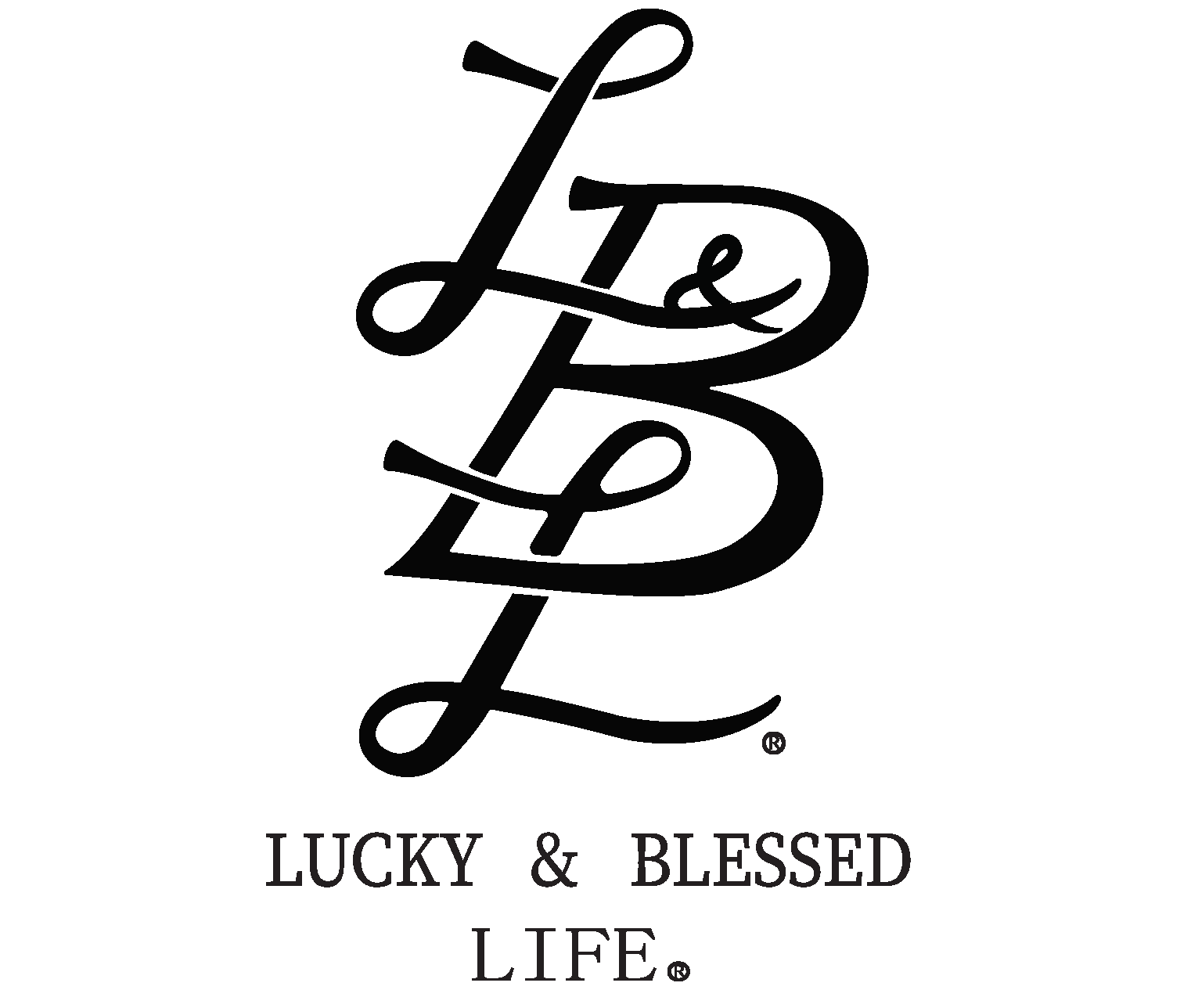Printed tees are so much a part of our wardrobes, and our lives, today. Did you ever wonder where it all began?
History of textile printing
Textile printing dates back thousands of years to ancient civilizations seeking to decorate fabrics with beautiful motifs and patterns. Block printing, which first appeared in China about the third century BCE, is one of the earliest known methods of textile printing. This technique involved carving designs onto wooden blocks, which were then dipped in ink or dye and pressed onto fabrics.
Block printing spread around the world, including India, where it became famous for its intricate designs and brilliant colours. During the 12th century in India, the technique of block printing developed, with craftsmen creating intricate designs using hand-carved wooden blocks. These prints, called "ajrakh" and "bandhani," became an integral part of Indian textile traditions.
The development of new printing processes like screen printing and rotary printing in the nineteenth and twentieth centuries expanded the possibilities of textile design even further. Screen printing, which developed centuries ago in China, became popular in the Western world in the early twentieth century.
With the introduction of digital printing technology, textile printing has advanced even further. Digital printing produces high-quality, detailed prints that allow for infinite design flexibility and experimentation. Textile printing has developed from its humble beginnings as a labour-intensive craft to a thriving industry that combines traditional processes with cutting-edge technologies, catering to the diverse and ever-changing demands of the fashion and textile markets. One of the much sought-after products of this industry is that array of gorgeous printed tees in your wardrobe!
What are printed tees?
Printed tees, also known as graphic tees or screen-printed t-shirts, are garments that feature designs, images, patterns, slogans, or graphics printed onto the fabric. You can print these designs on the front, back, or both sides of the t-shirt using methods such as screen printing, digital printing, or heat transfer.
Because of their capacity to convey personal style, hobbies, and sentiments, printed tees have become a popular fashion item. By providing a blank canvas for self-expression, these tees allow people to express themselves through the graphic components printed on the t-shirt. Depending on the desired aesthetic and message, the designs can range from simple and minimalist to ornate and detailed.
Printed tees - versatile and fashionable!
Printed tees have become a popular fashion trend, giving people a unique way to express their personal style, interests, and values. These tees serve as a canvas for self-expression, allowing wearers to express themselves through visually appealing designs, slogans, and graphics.
One of the primary reasons for printed tees' widespread popularity is their diversity in terms of designs, colours, and themes. With styles ranging from flamboyant and vibrant to subtle and minimalist, the possibilities are nearly infinite. There is a printed tee for every taste and inclination, from elaborate patterns and abstract artwork to famous symbols and funny phrases. Themes can span from pop culture references and music fandom to social concerns and political action, while colours can be carefully selected to evoke specific emotions or express messages. This versatility ensures that people can select printed tees that reflect their own identities and interests.
Printed tees have had a tremendous impact on modern fashion, crossing age, gender, and cultural boundaries. They have become a casual wear classic, providing a comfortable and fashionable option for everyday outfits. These tees easily blend with a range of fashion aesthetics, including streetwear, boho, retro, and athletic. This adaptability has contributed to its widespread appeal among various groups. This has resulted in captivating not only the younger generation but also older folks, who value their comfort, variety, and expressive abilities.
Printed tees for the Environment
Organic cotton is grown using organic farming methods, without the use of industrial fertilisers, herbicides, or genetically modified organisms (GMOs). Organic cotton cultivation is based on natural and sustainable methods that prioritise soil health, water conservation, and ecological balance.
The increased popularity of organic cotton can be attributed to the growing desire for environmentally friendly and sustainable apparel. Consumers are becoming increasingly aware of conventional cotton's negative repercussions. Traditional cotton production includes the use of hazardous chemicals that can damage the soil, water, and air, as well as harm the health of farmers and workers. Organic cotton agricultural practices, on the other hand, prioritise environmental health, worker safety, and biodiversity conservation.
Advantages of organic cotton printed tees
There are various advantages of using organic cotton for printed tees. To begin with, organic cotton is soft and comfortable. The lack of synthetic chemicals guarantees that the fabric preserves its natural properties, while simultaneously offering a smooth and silky texture against the skin. This improves the overall comfort and wearability of printed tees, making them appropriate for daily usage.
Second, organic cotton is long-lasting and sturdy. It undergoes stringent quality checks and is often tightly woven, thus making it resistant to wear and tear. This durability means that organic cotton printed tees retain their quality and vibrancy over time, even after several washes.
Organic cotton is compatible with various printing techniques commonly used for printed tees, such as screen printing and digital printing. The fabric's absorbency and smooth surface allow for excellent ink penetration and colour saturation, consequently resulting in high-quality and detailed prints. This makes organic cotton an ideal choice for creating visually striking and eye-catching designs on printed tees.
Printed tees in the Wholesale Market
Wholesale printed tees are a low-cost option for corporations, organisations, and events that require a large number of customised tees. Wholesale printing offers various advantages over ordering individual tees or printing in smaller quantities, whether for promotional purposes, team uniforms, corporate events, fundraisers, or merchandise sales.
One of the primary benefits of wholesale printed tees is the cost savings they provide. Purchasing t-shirts in quantity lowers the per-unit price, making them more reasonable for enterprises and organisations on a tight budget. This enables companies to better organise their resources and get greater value for their money.
Furthermore, wholesale printed tees ensure brand continuity and uniformity. Businesses can ensure that all their t-shirts have the same design, colours, and quality by ordering in quantity from a single source. This is especially critical when it comes to maintaining a professional image and strengthening brand identification across many teams or events.
There are various parameters to consider when choosing an appropriate wholesale supplier:
- Quality: In order to ensure consumer satisfaction, it is critical to select a supplier who provides long-lasting, comfortable, and well-made printed tees.
- Printing Techniques: Different printing techniques produce varying levels of colour brightness, durability, and overall quality. Ensure that the supplier employs techniques that align with your requirements and desired outcome.
- Customisation Options: Determine the supplier's capacity to meet customisation demands. This includes the ability to add custom designs, logos, or branding components to the tees.
- Pricing: Examine the pricing structures of various wholesale vendors. Look for pricing transparency, including any additional charges for setup fees, artwork revisions, or shipment. Check to see if the supplier offers competitive cost without compromising quality.
Conclusion
Printed tees have become a popular fashion trend, allowing people to express their style and interests through attractive designs. The variety in terms of designs, colours, and themes assures that there is something for everyone. By embracing organic, wholesale printed tees, individuals and businesses contribute to sustainable fashion and responsible consumerism. Together, we can foster a conscious and inclusive style culture.








